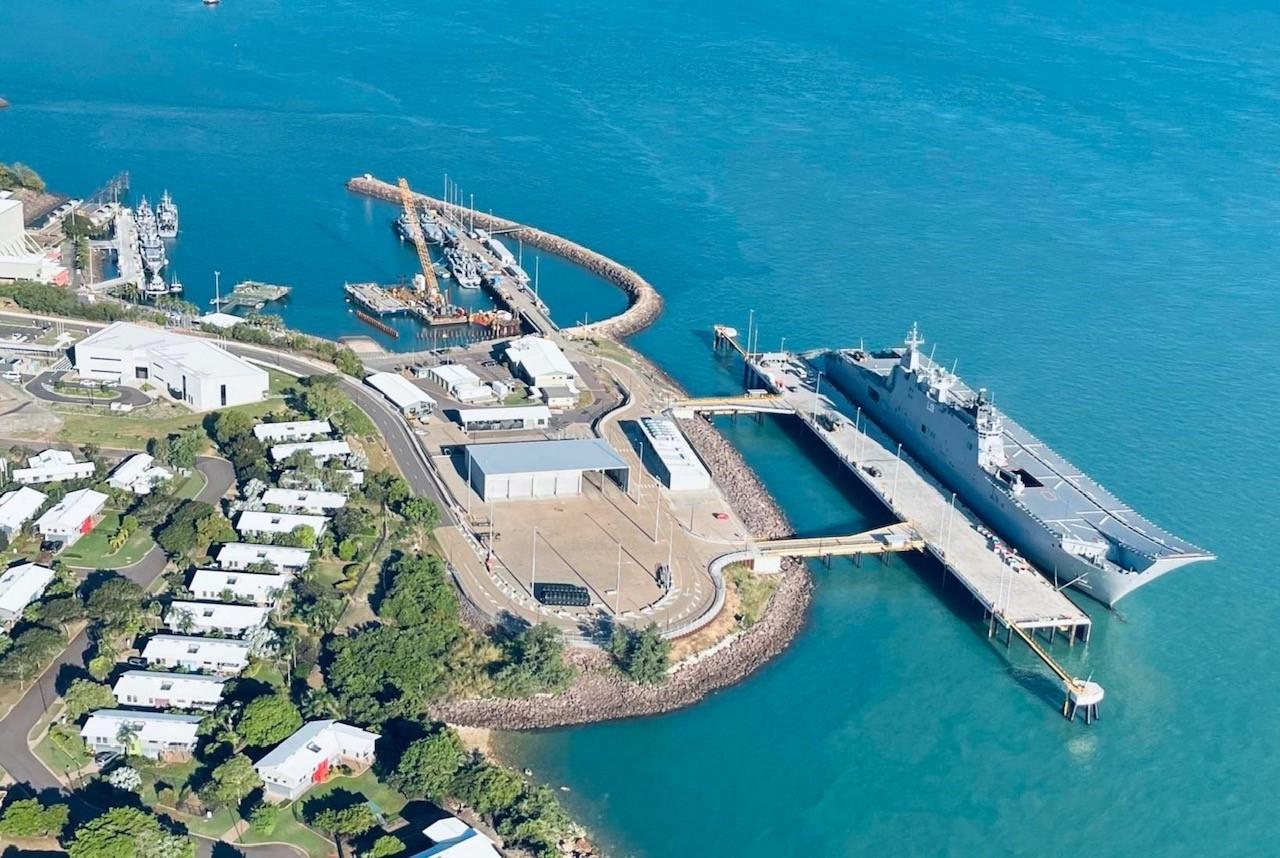National Defence Strategy: big spending on northern bases
Posted By Luke Gosling on May 3, 2024 @ 15:49

It’s customary for policy wonks reading documents like the National Defence Strategy and the Integrated Investment Program to play a spot of word bingo. Read between the lines, tally up the number of times a concept is mentioned and, voila!, infer Australia’s policy priorities. It’s a classic Canberra-bubble game.
Players at home would have struck gold searching for ‘Northern approaches’, which appears eight times across both documents. ‘Northern bases’ got 15 hits. And ‘northern Australia’ had its name up in lights five times. Not bad.
And in this case the word mentions are a good guide to the substantial issue of where spending is going.
Northern Australia had already got a big boost in the 2023 Defence Strategic Review, including $3.8 billion to improve the Australian Defence Force’s ability to operate and project force from our northern bases. Of that, $2 billion will be spent in the Northern Territory.
The Integrated Investment Program, which is Defence’s capability acquisition plan, doubles down on that commitment, with northern bases getting their own chapter and being promoted as one of the top 11 spending priorities of the Department of Defence.
In the decade out to 2034, Australia will spend 4 percent of a whopping $765 billion defence budget—more than $30 billion—on hardening and upgrading northern bases. And $14-18 billion of that is coming down the pipeline soon. That’s big money.
Projecting force and assistance into the region north of Australia and sustaining wartime operations are the clear explanation for why we need robust northern bases.
Neither document spells out the exact kinds of operations in mind, but partly it’s about airpower.
Our airfield on the Cocos (Keeling) Islands will support P-8 Poseidons conducting maritime surveillance, giving us sharper situational awareness of the South China Sea and Indian Ocean. Works at the Royal Australian Air Force’s Learmonth base, at the most westerly point of Western Australia, will also extend the reach of air operations. The improvements will enable KC-30A MRTT tankers to refuel F-35A Lightning fighters, stretching their combat radius.
RAAF Darwin is undergoing runway upgrade works so it can withstand heavy use by military and civilian aircraft, which is vital, and RAAF Tindal, 280 kilometres southeast, will host far-flying MQ-4C Triton, uncrewed maritime patrollers that will begin arriving this year.
But here, the Integrated Investment Program gets a bit spicier, by pointing to a scenario that could test our northern bases. We know that a saturation strike by enemy aircraft, cruise missiles or drones is a realistic scenario, a modern equivalent of the Japanese attacks on the north in 1942.
If modern-day attackers flew towards the Top End, our F-35As and F/A-18F Super Hornets would fly out to engage them with air-to-air missiles, defending our infrastructure and population centres. Picture the manoeuvres of the British and US planes that shot down Iranian missiles heading for Israel in April—only this time over the Arafura Sea, again.
In the maritime domain, upgrades to HMAS Coonawarra, the Royal Australian Navy’s base at Darwin, will ensure it can host our surface combatants and submarines and those of our allies. Darwin is the nearest Australian port to their likely areas of operation and therefore the one to which they would return for replenishment.
Then there’s the army, which gets $7-10 billion for new littoral manoeuvre capabilities and $5-7 billion in related facilities in Queensland and Darwin, where three army units with 18 medium landing craft and eight heavy landing craft will be based. That equipment is central to our ability to transform the army into an amphibious force that can operate in the archipelagos and islands to our north and east.
East Arm, a locality on Darwin Harbour, is ideal for a base for one of those units, since it already has extensive infrastructure, including a road from Robertson Barracks with high and wide clearances. East Arm also has a maritime industrial precinct with a barge ramp and a ship lift, and the Adelaide-Darwin railway terminates there.
The National Defence Strategy clearly identifies that our northern bases have a key role to play in helping the ADF to recover from an attack and strike back at the enemy. And northerners, who carry the burden of defending southern population centres, play that role willingly.
Article printed from The Strategist: https://aspistrategist.ru
URL to article: /national-defence-strategy-big-spending-on-northern-bases/
Click here to print.